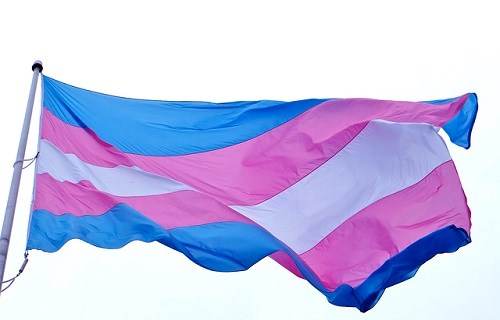New guidelines promote trans and intersex people inclusion in sport
Last week, the Australian Human Rights Commission (Commission), The Australian Sports Commission and the Coalition of Major Professional and Participation Sports (COMPPS) issued ‘National Guidelines: Trans and intersex inclusion in sport’; aiming to support sports organisations in the inclusion of trans and intersex people in the sports environment.
“The purpose of the Guidelines is to provide practical guidance to sports organisations on promoting inclusion in a manner that is consistent with the ‘Sex Discrimination Act 1984’. This guidance will be relevant in both elite and non-elite contexts,” it is says in the document.
The Commission underlines that it is important to understand the practical barriers faced by trans and intersex people in participating in different sports and that opening a debate on the topic with the help of some focus questions is a good way to address the issue.
The guide sets out by explaining the importance of the terminology used when addressing the topic; clarifying that sex and gender are two separate concepts and defining the existing difference between the concepts ‘trans’ and ‘intersex’.
While being trans refers to how an individual personally identifies their gender, it is not strictly related to their sexual and physical characteristics. On the contrary, being intersex means having physical appearances that differ from medical and social norms for ‘male’ or ‘female’ bodies.
The Australian law protects intersex and trans people against unlawful discrimination through the federal Sex Discrimination Act, including any forms of intolerance in relation to the provision of goods, services and facilities, as well as to the sports club membership.
The main part of the guidelines focus on the issues related to inclusion in elite and non-elite sports, dividing the different forms of discrimination that affect trans and intersex people.
While the ones related to trans people regard both the elite and non-elite level including club memberships, a lack of gender diverse policies, harassment, requirements of providing personal information, the absence of appropriate facilities, the imposition of wearing certain uniforms and the regulations set by International Federations to attend international competitions.
The ones faced by intersex people are mostly related to participation in international competitions. As stated in the guide; “The main barrier to inclusion in sport is faced by intersex women only (ie not intersex men) particularly at the elite level. Some intersex women have been excluded from women’s competitions on the basis of their naturally occurring high levels of testosterone.”
Evidences of discrimination
An example of this type of exclusion are the new regulations published this April by IAAF; they are based on the assertion that high testosterone levels give a competitive advantage in some competitions and thus women suffering from hyperandrogenism, whose testosterone is over a certain level, cannot take part in international competitions.
Caster Semenya, the South African middle-distance runner and one of the most affected athlete by IAAF’s new rules, has recently declared her intention to bring these new controversial regulations to court.
“I just want to run naturally, the way I was born. It is not fair that I am told I must change. It is not fair that people question who I am. I am a woman and I am fast,” she said in a statement.
Unfortunately, the situation is even more complex for trans people within the sport environment but also the society in general. In a speech Peter Hyndal, the director of Transformative, the Australian organisation working with transgender issues, described the many difficulties that trans and intersex people have to face participating in sports.
“We know that almost all transgender people want to play sport and that less than 20% of them do. Very few of those 20% participate in organised formal sport. Even fewer of them participate in team-based sports and very few of them are out about their status as transgender. More than a third of transgender people have identified bullying and harassment in a sporting context but a far greater number, more than 50% identified that there were other reasons why they weren’t involved in sport,” he said.






